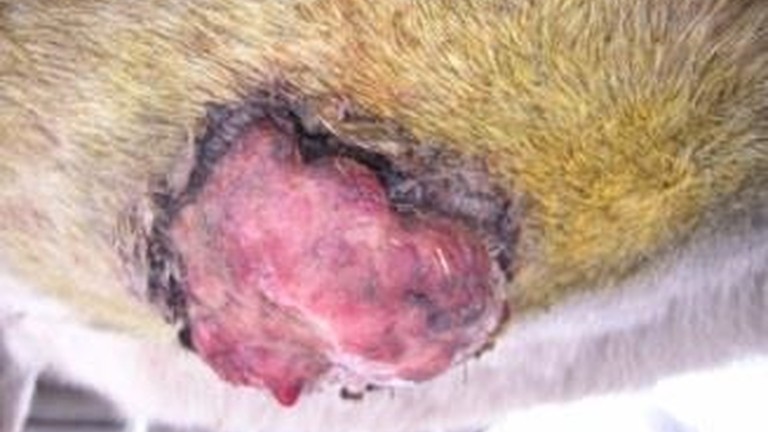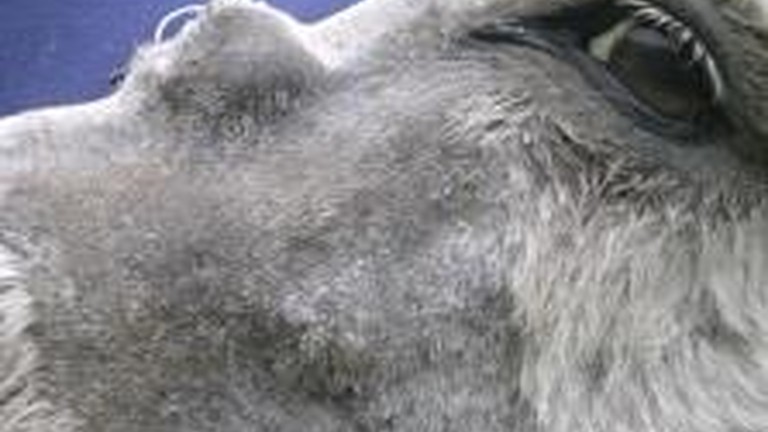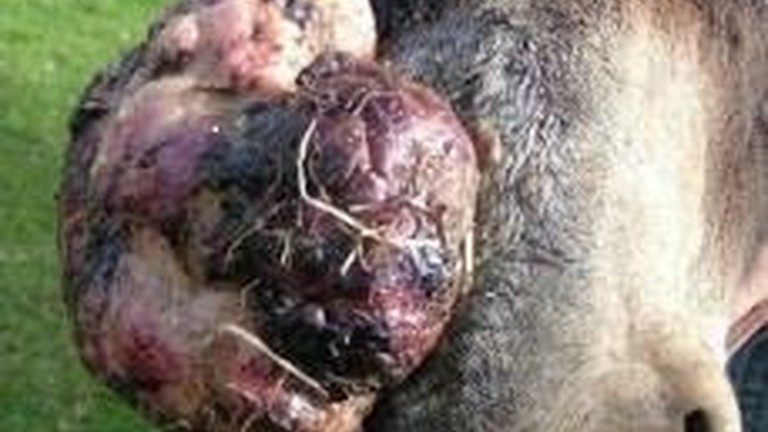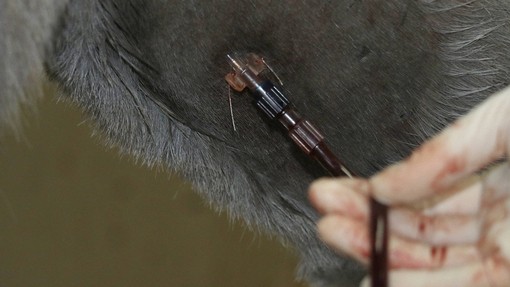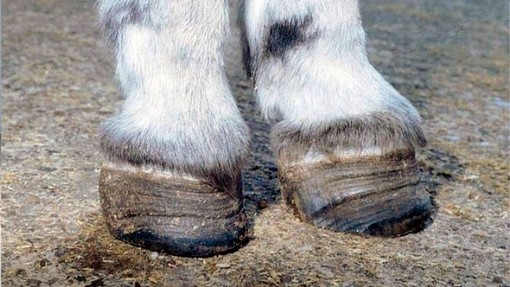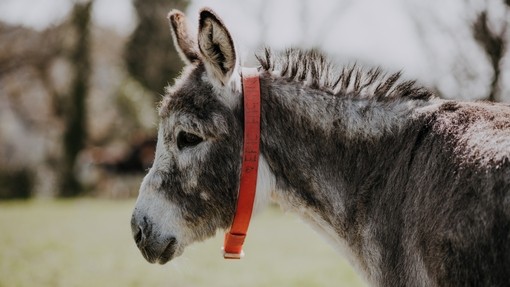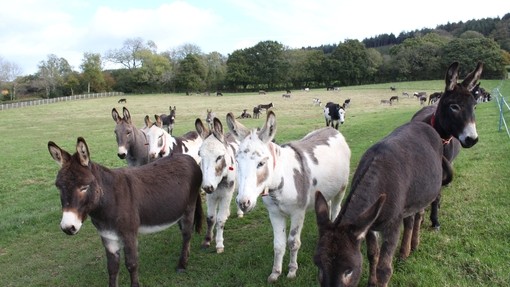Where are sarcoids found?
Sarcoids occur most often on the legs, trunk, and head. Male donkeys can develop sarcoids on their sheath or penis. If you have a male donkey, check these areas often.
Sarcoids may develop at sites of wounds and areas where trauma or injury has occurred.
Use your hands to check your donkey for any new lumps regularly. Include this in your daily grooming routine. Make sure you check all over, including feeling the sheath if you have a male donkey.
What do sarcoids look like?
Sarcoids vary in appearance and there are different types. They may:
- feel like just a lump within the skin
- appear either as single or multiple growths
- be dry and scaly
- be distinct, hairless rings
- become ulcerated and look like bleeding sores
- change in appearance (such as from small hair-covered lumps to bleeding ulcerated sores).
Ask your vet to check any suspicious lumps without delay. Early diagnosis and treatment are more likely to be effective.
What causes sarcoids?
No one knows for sure what causes sarcoids, but we do know that:
- they are infectious and linked to a virus called ‘bovine papilloma virus’
- flies play a role in their spread so insect control is important, particularly during the summer months. See our factsheet on insect control in donkeys for more information.
- certain animals are more susceptible than others.
How are sarcoids treated?
Never try to treat a sarcoid yourself.
Sarcoids are easier to manage if dealt with early, although treatment can be expensive and time-consuming. There are different options available. Your vet will help you choose the right option for your donkey.
Your vet will need to take a sample and check it under a microscope to be sure a lump is a sarcoid. This is known as a ‘biopsy’. However, biopsies can sometimes make sarcoids more aggressive, so your vet may advise against this procedure.
Some possible options include:
- surgical removal, sometimes using a laser
- ‘topical’ treatment, which involves applying a cream to the sarcoid
- leaving the sarcoid and monitoring it for changes.
Be aware that it is not always possible to achieve a total cure and that sarcoids can recur even after removal. Regularly check your donkey’s skin, and contact your vet if you have any concerns.
Sarcoids can recur even after removal. Regularly check your donkey’s skin, and contact your vet if you have any concerns.


